Young Lemon Tree
reillyoz007
18 years ago
Featured Answer
Sort by:Oldest
Comments (9)
Raymondo
18 years agoFin_
18 years agoRelated Discussions
Why is my lemon tree not growing any branches?
Comments (121)I would let it do it thing. It will branch when it is ready. When it is about 5 feet tall you will need to take a bud from the top and graft it to the bottom of the tree if you ever want fruit. wood maturity is messured by the tree as the number of leaves that bud is from the roots. At 5 feet you may have a leaf node count of 100.. the leaf node count will start at 100 even though the bud has been moved to the base of the tree....See MoreLemon Tree Help!! What is this on my tree?? Barnacle like growths??
Comments (8)Rhizo...Boy do we owe each other a letter!! MY mother has been asking about you for days and if you still had slippy's? I've missed you.. That's good for Mrshigsy..lol I was beginning to woner..lol So happy to see you Rhizo)...See MoreYoung citrus tree care, info needed
Comments (27)Hahahaha... poncirusguy, what a name for your tree. Josh, I potted both trees in the same soil mix in the beginning, but when I checked them today, the texture of the second tree's soil was different. I don't know was it because of too much water or something else. Laura, I don't have all the ingredients for the 5:1:1 mix. Where can I get garden lime? I like the green vibrant colours of your trees....See Moreyoung indoor lemon tree needs help
Comments (8)The hamster bedding is aspen wood shavings. ==>>> this is probably a big part of the problem .. though im not researching aspen to verify such .... but .. generally ... raw wood is not good in a pot ... as it breaks down... it can leach nitrogen from the pot.. as well as steal too much water ... not to mention potential causing mushrooms ... which might not be a problem.. but usually not something you want in your pots ... it also can bind with other things.. ruining the water movement thru the media .. many mixes including the cactus mix ... have relatively larger chunks of wood.. that does not do such ... such as pine bark ... its apples and oranges ... when i say a sip of water ... i mean that there is water flow thru the media.. and straight out the bottom ... the tree just sipping as little as it needs.. as the majority flows thru .. and what little is retained by the products in the media that are there to retain enough to be happy ... as compared to many water loving houseplants ... that are near bog like or aquatic ... and barely mind standing in water that never drains out.. e.g. a pot with no drain hole ... not many.. if any trees like standing in excess water ... now.. all this said.. from a variety of sources ... basically all agreeing ... you are back to the fact ... that citrus trees are full sun outdoor plants ... and not easy to grow.. indoors.. long term ... one reason for the need for full sun are those huge luscious fruits ... you simply cant get those indoors .. short of a lot of experience.. and a lot of supplemental light .. my point being.. if you are a bit of a newb... you are starting with one of the hardest plants to work with ... which is probably how most of us started ... but if you fail ... just try again ... and again .... and soon enough.. 30 years down the line.. you will be in some forum.. sharing your experiences and knowledge ... but dont get tied up to much on this particular plant ... you will win.. or you will lose.. and so be it.. thats what gardening is all about ... repot it in proper media in late winter.. 4 to 6 weeks before it can go back outside .. which would be about 4/1 in our MI [because it cant go out until mid to late may due to frost/freeze issues] ... so that it has that amount of time to settle down from the stress of repotting ... and then take it out into full bright shade ... im thinking your pot might not be big enough for direct sun .. harden it off properly ... or you will sunburn all the leaves off ... have fun.. and good luck ken ps: premoisten and sterilize your media before repotting .. to insure there arent any bugs or pathogens inn it.. easier to start hyper clean.. than to have to fix a gnaty problems ... https://tipnut.com/sterilize-soil/...See Morereillyoz007
18 years agofinbar
18 years agoSpatzbear
18 years agoGlasshopper
18 years agoreillyoz007
18 years agonicefrog
18 years ago
Related Stories
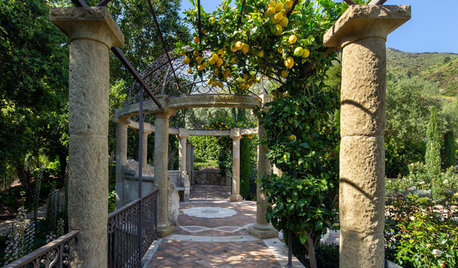
GARDENING GUIDESHow to Keep Your Citrus Trees Well Fed and Healthy
Ripe for some citrus fertilizer know-how? This mini guide will help your lemon, orange and grapefruit trees flourish
Full Story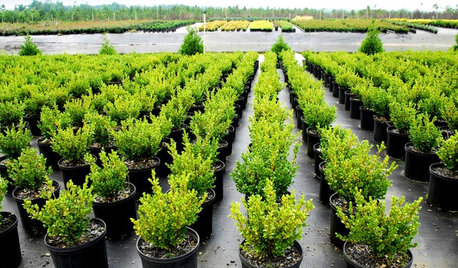
TREESHow to Buy Healthy Trees and Shrubs
A healthy young plant with a strong form is more likely to do well in your yard. Here’s what to look for at the nursery
Full Story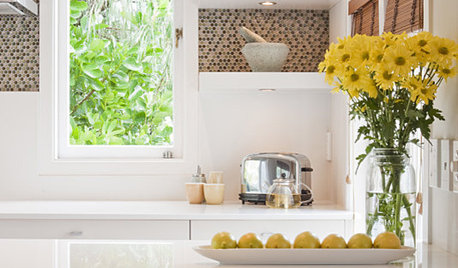
DECORATING GUIDESHave Lemons? Make a Decorative Statement
Add a splash of citrus for some midwinter color therapy
Full Story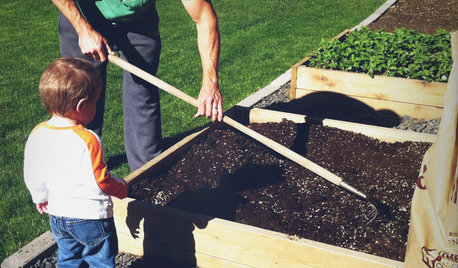
EDIBLE GARDENSHow to Cultivate a Young Gardener
Want your kids to eat their vegetables? Let them have an edible garden of their own. Here are some tips on gardening with children
Full Story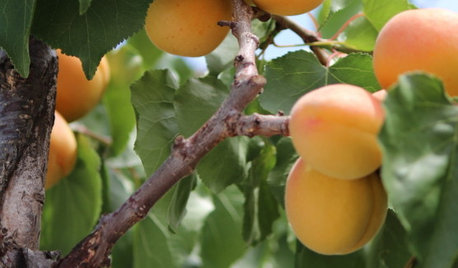
FARM YOUR YARDIf You Have Room for Only One Fruit Tree ...
Juice up a small garden with one of these easier-care or worth-the-effort fruit trees for a mild climate
Full Story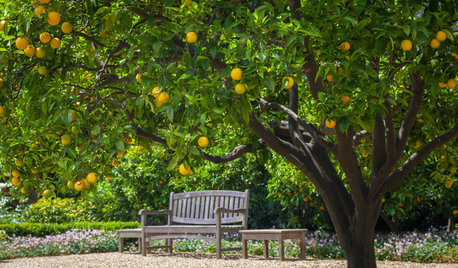
EDIBLE GARDENSHow to Grow 10 Favorite Fruit Trees at Home
Plant a mini orchard in fall, winter or early spring to enjoy fresh-off-the-tree fruit the following year
Full Story
MOST POPULARHouzz Tour: Gracious Older Home Updated for a Young Family
A Texas designer lightens up and repurposes rooms, creating a welcoming space that suits this family’s casual lifestyle
Full Story
DECORATING GUIDESGirly Modern Bedrooms Delight Three Young Sisters
Style-savvy wallpaper, custom pieces and touches of turquoise make for three colorful rooms that will grow with the girls
Full Story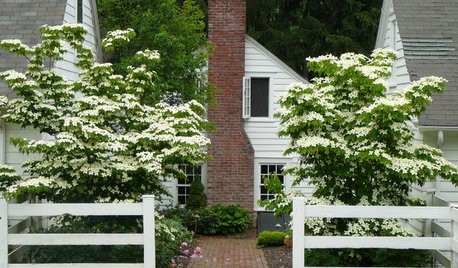
TREES7 Deer-Resistant Flowering Trees to Plant this Fall
If you live in a neighborhood with roaming deer, consider these beautiful trees that won't tempt hungry guests
Full Story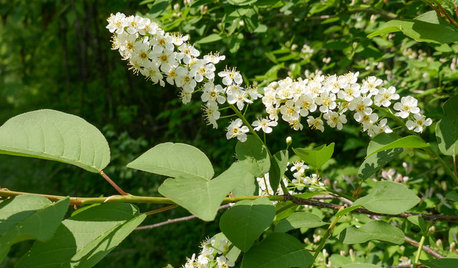
GARDENING GUIDESPrunus Virginiana Thrives Under Deciduous Trees
Plant chokecherry for showy white flowers favored by native bees in spring, and to provide nesting habitat and food for birds
Full Story


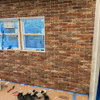
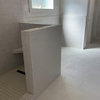
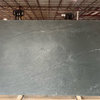
pepino